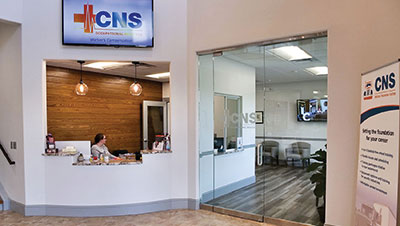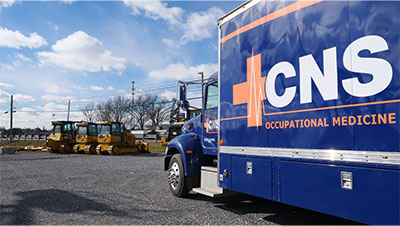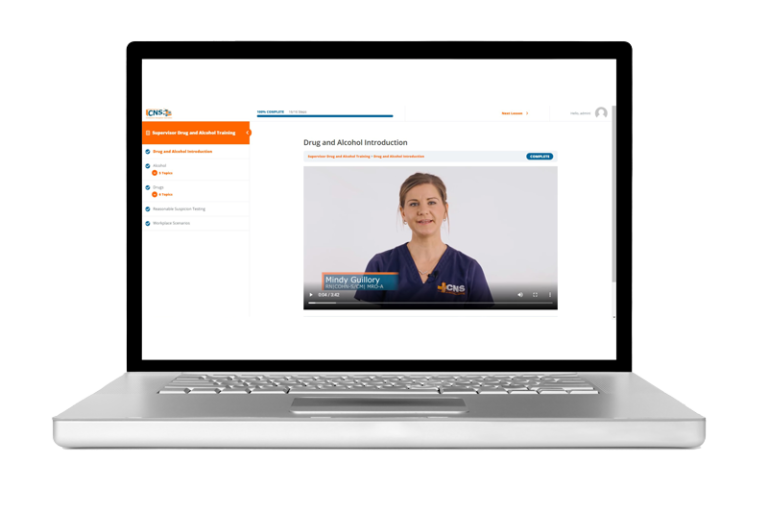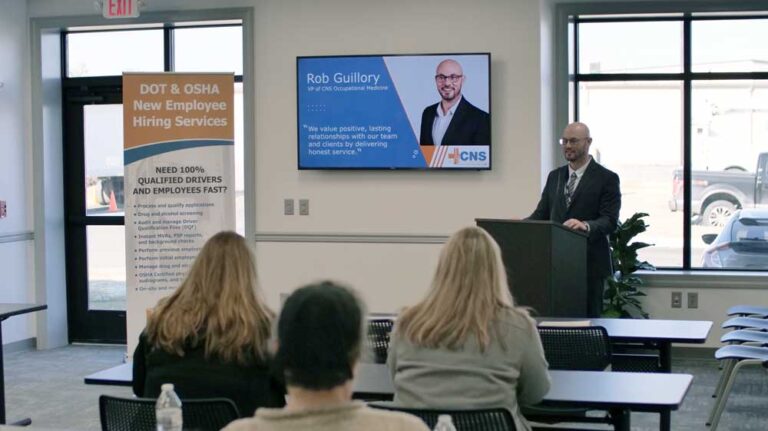Employers can proactively use telemedicine to save unnecessary health care costs and keep OSHA recordable events low.
An OSHA reportable occurrence is any injury that results in days off work, restricted labor, or medical treatment beyond first aid.
This implies that even a small sprain treated at the emergency room is considered an OSHA violation, despite many of these injuries can be treated at home with rest and rehabilitation.
Most injuries in the workplace are minor, with the top three injuries being:
- Overexertion and body reactions from excessive physical activity. This accounts for 31.4% of all occupational injuries consisting of lifting or pushing too forcefully and repetitive motion injuries.
- Slips, trips, and falls. This accounts for 26.7% of all occupational accidents consisting of strains, sprains, and muscle/ligament tears.
- Coming into contact with objects or equipment. This accounts for 26.2% of all workplace injuries consisting of punctures, cuts, and lacerations.
As an employer, overreacting to an injury is costly. So, how does telemedicine help?
How telemedicine keeps costs and recordables low
When it comes to telemedicine, companies without an on-site or tele-health physician to triage an injury frequently respond excessively to the situation.
Instead of a nurse providing remote injury care and verifying that simple first aid is all that is required for an injury (a non-recordable event), a health safety officer takes the worker to the hospital or urgent care (leading to a recordable event).
With the help of telemedicine, the injury management process would be simplified. For example, when an employee is hurt on the job:
- A supervisor or safety officer requests telemedicine consultation
- The injury is found to have a first-aid treatable sprain
- Self-care guidelines are given to the employee, including ice, elevation, and rest
- The provider calls the employee to check on his/her progress and alter treatment as needed
In this scenario, adding telemedicine triage helped:
- Save money for both the employer and the employee
- Allow a valuable employee to receive swift and appropriate care, and
- Cut down on time away from the office
But, when an injury is more serious, our triage nurse will direct your employees to your organization’s preferred providers.
In the end, your workplace injury management program would follow best medical practices and focus on returning employees to a full- or modified-duty position during recovery.
Do you have a workplace medical strategy?
Our Occupational Medicine Team will develop a custom plan for your company. You may need a combination of services like telemedicine, physicals, drug testing, or physical agility tests and you may also need these services performed on-site.
Stop waiting at hospitals or urgent care clinics.
Our knowledgeable examiners are focused on best-in-class customer service when it comes to treating workers and employers to create long term health and wellness.
For more information, contact us at 800.551.9816 or info@cnsoccmed.com.
Schedule your respirator physical, medical exam, and fit test today.










